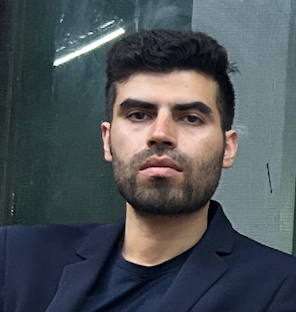This article will introduce the concept of flow state and suggest ways to get into the flow state while you’re working.
Ever had that experience where you were so engrossed in a task that nothing else seemed to matter and you lost track of time? And even though to an outsider it appeared that you were expending a lot of effort but to you, it all seemed effortless.
In Taoist philosophy, this ‘effortless effort’ is known as ‘doing without doing’. Poets have described this state as the one in which they feel they’re ‘part of something bigger that moves their hands as they compose verses.’
Similarly, musicians claim that during their peak performances it doesn’t feel like they’re playing the music but rather it is the music that plays through them. Spooky, right?
In psychological terms, this mental state is known as the ‘flow state’.
When you’re in the flow state, you’re totally immersed in what you’re doing and time seems to fly by, even if you’ve been engaged in the activity for hours. It is an optimal psychological state in that it often results in deep learning, high productivity, and immense satisfaction.
Writers, poets, philosophers, musicians, artists – all sorts of creative people have claimed they produced their best work while they were in the flow state. But this state is not limited to the creative types. In fact, flow can be experienced in any type of work, even ordinary activities like cleaning, cooking, reading or spending time with children.
How to enter the flow state
Imagine how great it would be to experience flow on a daily basis. It would give a great boost to your productivity and overall happiness levels. Usually, people enter flow unwittingly but this doesn’t mean there aren’t certain rules that govern the inducement of this pleasant mental state.
By understanding those rules you can experience flow whenever you want and even make it a part of your daily routine.
Following are the most important factors on which entering the flow state depends:
1) Clear goals and rules
You tend to enter the flow state much more easily when the task that you’re doing has a clear set of rules for you to follow so that there’s a little conflict with regards to what should or shouldn’t be done.
This is why it’s easy to experience flow when you’re doing something that requires repetitive actions governed by pre-set rules such as playing a musical instrument, playing a game, writing a computer program, solving a math problem, performing a ritual, etc.
2) Pursuing your passion
Although flow can be experienced whilst performing any activity, it is most easily experienced when you’re doing something that you enjoy doing. Why exactly this happens is unclear. One explanation might be that the things that we enjoy doing are usually in line with our core needs and therefore make us happy.
The tasks that make us happy wire us to perform those tasks, again and again, the by-product of which is that we become good at these over time. When we’ve mastered something, we experience flow because we’re clear about what we’re supposed to do and there’s no inner conflict whatsoever.
3) Concentration
Concentration is the most essential condition for experiencing the flow state. In fact, the flow state may be nothing more than a psychological state of extreme, monomaniacal concentration. When you’re doing something you love, you automatically reach this level of concentration and so it’s easier to experience flow.
If you want to experience flow in work that you’re not so passionate about, then increasing your focus deliberately is a logical and effective way to experience flow.
For example, a student who has to study may not initially feel like studying but once he starts and reaches a high level of concentration, he’s likely to find himself in the flow state.
So by increasing concentration and eliminating distractions you can trick yourself to enjoy activities that you may not like but are required to do.

Conclusion
If you’re doing something that you love on a daily basis, then you probably experience flow every day. However, there are certain activities that all of us have to do that we’re not particularly passionate about. Still, these activities can be made enjoyable by deliberately inducing flow.
Flow-producing activities usually require an initial investment of attention before one can experience flow. This means that even if you don’t feel like doing something in the beginning, you may experience flow when you get the ball rolling.
